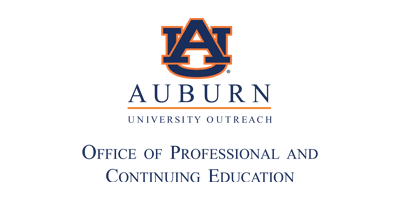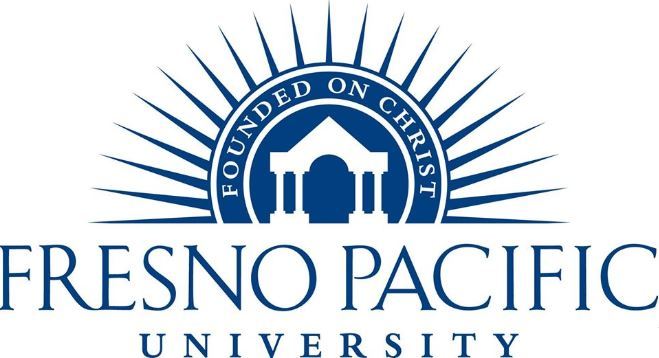Economics Professional
Overview
Particularly in this increasingly global world, a fundamental understanding of economics provides an imperative foundation from which business professionals, government officials and countless others make important decisions every day. Various types of governments and markets can lead to sound or unsound monetary policies that affect different economies in different ways. Understanding various economic indicators including prevailing indexes and interest rates will provide students with an invaluable foundation that will inform their approach to business and individual financial matters for years to come.
The Economics program presents basic concepts necessary to an informed understanding of the economy. Starting with individual consumer behavior and corporate actions, the program moves on to explain both micro- and macroeconomics and the interplay between these 2 perspectives in terms of output, unemployment, inflation, productivity and growth. The effects at the micro level are different to those at the macro level, but sometimes they can also run in parallel and students will study the different ways in which all aspects of the economy are affected. This extensive program Introduction assumes students are new to the study of economics outlining economic theory and moving through analysis of supply and demand, government action, competitive markets and different types of economic markets that present unique challenges. This program encompasses economic principles (both microeconomic and macroeconomic) and problems. The purpose of the program is for learners to develop a logical, conceptual, and analytical understanding of economic principles and to deal with problems associated with the allocation of resources, decisions made by consumers, production by firms, and pricing in various market conditions, government actions in markets, measuring aggregate output, economic growth, employment and unemployment, money and banking, and fiscal and monetary policies intended to achieve economic goals.
Program Objectives
After completing this program, learners will be able to:
- Analyze the economic way of thinking
- Explain how free and competitive markets allocate resources efficiently through the interaction of supply and demand
- Evaluate the different effects caused by changes in demand and supply conditions
- Analyze how government actions affect markets
- Evaluate the effects of trade on the economy
- Analyze the effects of externalities
- Analyze a firm’s cost of production
- Analyze firm behavior in perfectly competitive markets
- Differentiate between monopoly, monopolistic competition, and oligopoly
- Measure components of the macroeconomy
- Analyze the factors influencing economic growth
- Contrast fiscal and monetary policy
- Analyze the economic way of thinking
- Explain how free and competitive markets allocate resources efficiently through the interaction of supply and demand
- Evaluate the different effects caused by changes in demand and supply conditions
- Analyze the measurements of gross domestic product and inflation as key indicators of aggregate economic performance
- Explain the significant relationships between employment and output in the short and long runs
- Analyze the differences in growth rates over time and between economies
- Explain how the financial markets function to allocate loanable funds and determine interest rates
- Outline the key components of the U.S. monetary system
- Analyze changes in the supply of and demand for money
- Explain how changes in aggregate supply and aggregate demand result in business cycles
- Analyze economic policy using the aggregate expenditure multiplier
- Analyze the relationship between inflation and unemployment in the short run
- Analyze the demand and supply effects of fiscal policy on employment and gross domestic product
- Analyze the objectives and tools of the Federal Reserve’s monetary policy
- Analyze the effects of government policies in international markets
- Analyze the economic way of thinking
- Explain how free and competitive markets allocate resources through the interaction of supply and demand
- Evaluate the different effects caused by changes in demand and supply conditions
- Evaluate the models used by economists to explain how efficient production decisions are made in an environment of scarcity
- Evaluate the impacts of government actions in markets on efficiency and fairness
- Analyze the impacts of taxes on consumers, producers, employers, and workers
- Evaluate the benefits and costs of international trade
- Assess the provision and importance of public goods
- Evaluate methods of efficiently dealing with negative externalities
- Determine how rational consumers make choices to maximize their satisfaction
- Analyze a firm’s short-run and long-run costs
- Analyze the decisions made by a firm operating in perfectly competitive markets
- Analyze the behavior of a monopoly
- Evaluate how firms in monopolistic competition and oligopoly determine their profit-maximizing strategies
- Evaluate the way factor markets determine a society’s distribution of income
- Use Microsoft Office®


